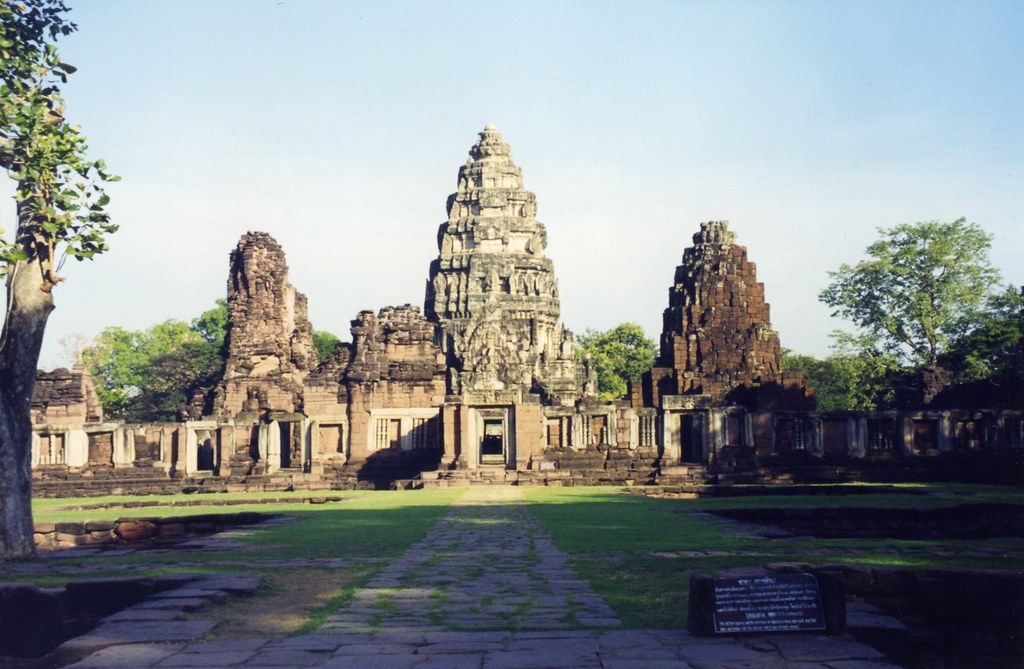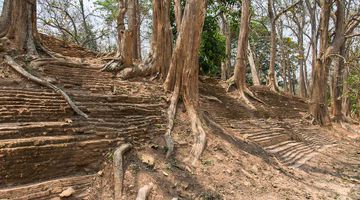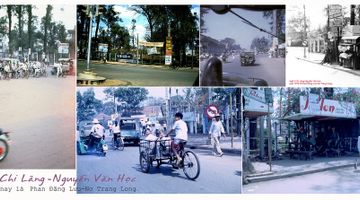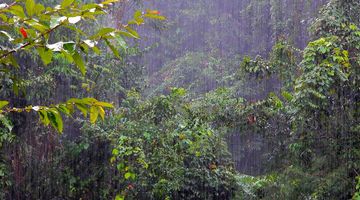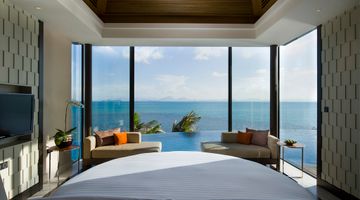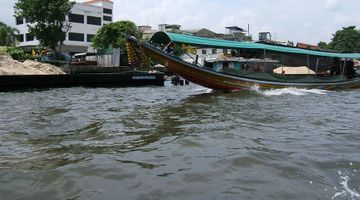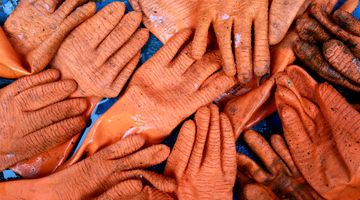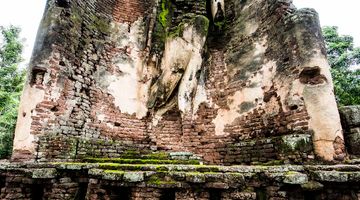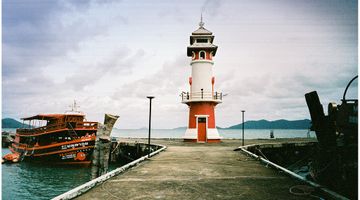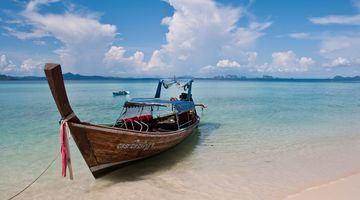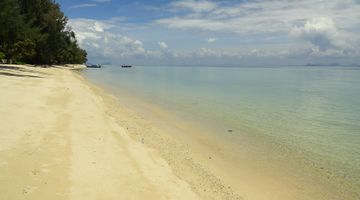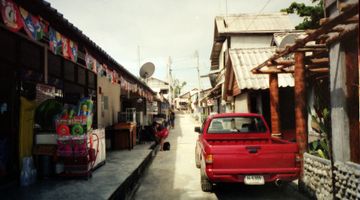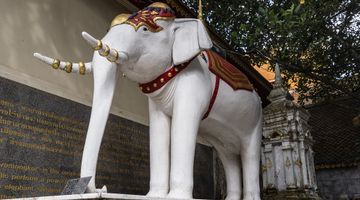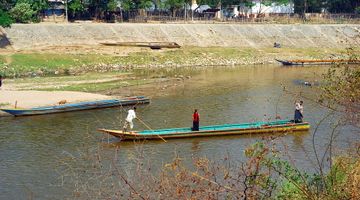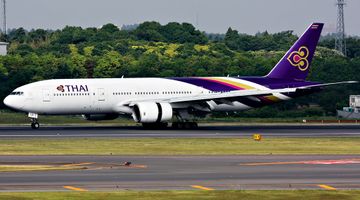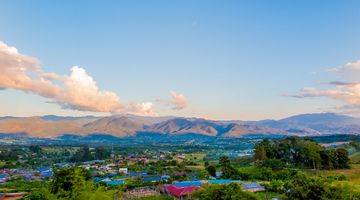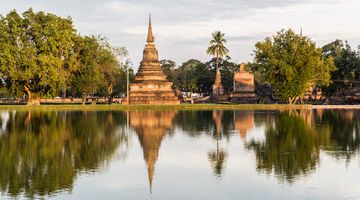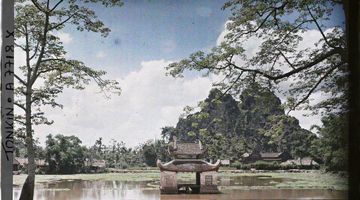Phimai Travel Guide
In a nutshell
Phimai is a small town in Nakhon Ratchasima province, in the North East of Thailand (commonly known as Isaan region). A definitive milestone for anyone who is interested in history and archaeological sites, Phimai is home to one of the best examples of the Khmer architecture in Thailand.
Why go to Phimai
The Phimai Historical Park is often considered a smaller version of Angkor Wat, and the construction of the most famous Cambodian monument was inspired by the older Phimai temples. Despite the fact that Phimai is easily reachable on a day trip from Khorat, we would recommend you to take your time and stay in town for one night; not only will you have more time to visit the Historical Park, but you’ll also have an opportunity to see an interesting National Museum and enjoy the magical and spiritual atmosphere of Sai Ngam, a 3250 square meters area covered by roots and brunches of a single Banyan tree.
Though nightlife is non-existent in Phimai, you won’t be disappointed there after the sunset: with one of the best night markets in the Isaan region, your evening will be a delightful journey through Isaan flavours and culture.
When to go to Phimai
The best time to visit Phimai and Isaan region in general is the dry season between November and May. From November to March, the temperature will drop down a bit and you’re not going to need any air-con to ensure a tight sleep.
But even if you’re in Thailand during the monsoon season, Phimai will be worth a visit anyway, since both the town and the Historical Park are small enough what leaves you quite flexible to choose the time for a visit during the day; simply move to the museum if a storm hits the town, and visit the Historical Park when it stops.
If you’re visiting during the second week of November, don’t miss the annual Phimai Festival and Boat Race, one of the most colourful festivals in the province that attracts hordes of tourists (especially the Thais) and features the historical long-boat race and traditional arts and crafts fair.
Where to stay in Phimai
Phimai doesn’t offer a big variety when it comes to accommodation, but there are quite a few budget solutions available right in the city centre, within walking distance from the Historical Park and the night market. There’s no need to book in advance unless you’re visiting during the Phimai Festival in November.
Prices are in the backpackers range (normally under THB500). A couple of decent options are also available for those who are searching for something slightly more up-market. As a rule of thumb, don’t expect too much luxury when you go to Phimai and you won’t be disappointed.
Where to eat in Phimai
If you’re staying in town for just one night, don’t waste your time walking around in search of a restaurant. Simply head to the clock tower area where the local night market comes alive daily after 4pm. On offer there is an impressive variety of food with so many different dishes to try that you would need a full week to be able to taste everything. This is not a tourists’ attraction, so expect Thai tastes, Thai prices and Thai language. Challenge your capability of eating spicy food with one of several different versions of som tam (papaya salad) or have a go with the tender and extra tasty koh moo yang (grilled pork neck). The market closes at 9pm but try to go quite early to have the choice (around 6pm is the best time). Most of the dishes will come for THB30/THB40.
How to get around Phimai
Phimai is small enough to comfortably walk around everywhere. The Historical Park is located right in the heart of the city, and so does the night market. Take the clock tower as your main reference – the two main roads cross there and almost everything you might need in Phimai – accommodation included – is within walking distance from there.
The only attraction that requires a longer walk is the Banyan tree forest. Bicycle and motorbike rent are available at many guesthouses (THB70/THB250 for the whole day).
How to get to and from Phimai
The small new bus station is located a few km away from town, but all the buses will also stop in town at the clock tower if you ask the driver.
From the bus station motorbike taxies and songthaews are always available (expect to pay THB50 for a ride within the town).
Phimai is served by only one bus route which is runs from Khorat, the province capital, to Chumpuang. A ticket from Khorat to Phimai is THB50 and buses depart throughout the day every half an hour.
To continue your travel everywhere else in Thailand, head to Khorat (Nakhon Ratchasima) which is connected to all major destinations in the country: there are frequent buses to Bangkok, Chiang Mai and many other cities and towns.
If your next destination is one of the Northeastern cities like Khon Kaen, Nong Khai and Udon Thani you can avoid going back to Khorat. Get a songthaew or a motorbike taxi (THB100) to Talad Kae where you can take one of the north-bound buses. Another option is to take a local bus to Chumpuang and ask the driver to drop you off at Talad Kae.
It is a good idea to check the schedule for your onward transport from Talad Kae at your accommodation. Anyway, we can only recommend travelling via Talad Kae if you feel extremely confident, you speak Thai or you’re an experienced traveller as in Talad Kae you will be dropped off at the junction and you will have to figure out by yourself which bus you have to take. It is pretty easy if you speak a few words in Thai but it is a huuuuge challenge if you don’t – as there won’t probably be a single person in the vicinity speaking English.
Is Phimai a safe place to visit?
There isn’t any danger specifically related to a visit to Phimai. Use common sense in every situation and it will be enough to avoid any problem. Most of the people will not speak English or just know a couple of words, but they’ll try their best to help you anyway when approached with a smile.
For every medical emergency the local hospital is located 2 km north of the clock tower.

